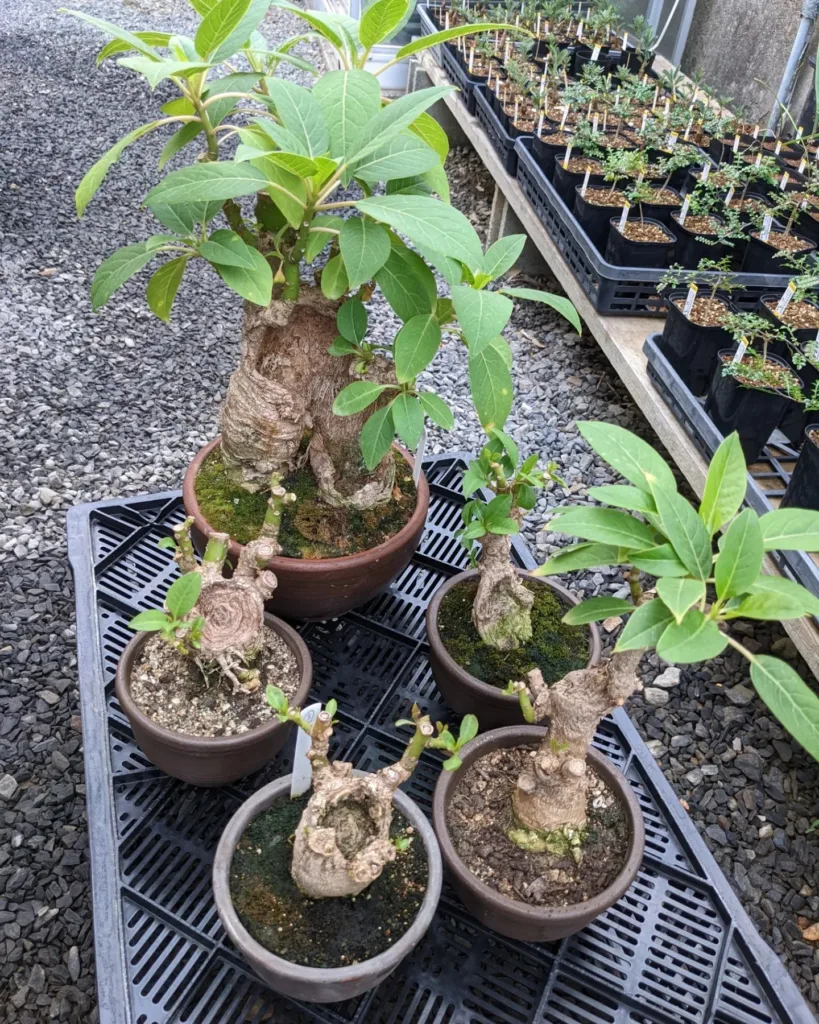FAQs About Cattleya Labiata
As a passionate orchid enthusiast, I’ve often found myself captivated by the beauty and intricacies of Cattleya Labiata. This striking orchid, known for its vibrant colors and large blooms, raises many questions among both novice and seasoned growers. Here’s a deep dive into some frequently asked questions about Cattleya Labiata, sharing my personal experiences and insights along the way.
236 Species in Genus Cattleya
What is Cattleya Labiata?
Cattleya Labiata is a species of orchid that originates from Brazil. Known for its stunning, fragrant flowers, it typically blooms in shades of pink, purple, and white. I’ve found that the charm of this orchid lies not just in its beauty, but also in its rich history. Often called the “Queen of Orchids”, it has been a favorite among collectors for years.
Does Cattleya Labiata Have Sepals?
Yes, Cattleya Labiata has sepals. In fact, this orchid features three sepals, which are the green leaf-like structures that protect the flower bud before it opens. The sepals of Cattleya Labiata are generally smooth and contribute to the overall beauty of the flower. I remember being fascinated by how these sepals complement the vibrant petals, creating a stunning visual display.
How Many Petals Does a Cattleya Labiata Have?
A typical Cattleya Labiata flower has three petals. Two of these petals are usually larger and are often more colorful, while the third, known as the lip or labellum, is larger and plays a critical role in attracting pollinators. The contrast between the petals and the lip is what makes this orchid so striking. In my experience, I’ve noticed that the size and shape of the petals can vary, adding to the allure of growing this orchid.
How to Transplant a Cattleya Labiata Orchid?
Transplanting a Cattleya Labiata is essential for its growth and health. I usually follow these steps:
- Choose the Right Time: The best time to transplant is after blooming, usually in late spring.
- Select the Right Pot: A pot with drainage holes is crucial. I prefer using clay pots as they help with moisture control.
- Prepare the Medium: Use a well-draining orchid mix, often containing bark, perlite, and charcoal. This mix mimics their natural habitat.
- Gently Remove the Orchid: Carefully take the plant out of its current pot, avoiding damage to the roots. If roots are tangled, I gently untangle them.
- Inspect the Roots: Trim any dead or rotting roots. Healthy roots are usually firm and green.
- Replant: Place the orchid in the new pot, ensuring the roots are spread out and covered with the medium. Leave the top part of the plant exposed.
- Water Sparingly: After transplanting, I wait a week before watering to allow the roots to settle.
How to Care for Cattleya Labiata?
Caring for Cattleya Labiata requires attention to its specific needs. Here’s what I do:
- Light: Cattleya Labiata thrives in bright, indirect sunlight. I place mine near a window where it can receive filtered light.
- Watering: I water my orchid once a week, allowing the medium to dry out between waterings. Overwatering can lead to root rot, a mistake I’ve made in the past.
- Humidity: These orchids prefer humidity levels around 50-70%. I occasionally mist my plants or use a humidity tray.
- Fertilizing: During the growing season, I use a balanced orchid fertilizer every two weeks. This has significantly improved the blooming of my plants.
Can You Grow Cattleya Labiata Indoors?
Absolutely! Cattleya Labiata can thrive indoors, provided you create the right environment. I’ve successfully grown several orchids indoors by ensuring they get ample light and humidity. A well-placed grow light can also make a big difference, especially during the darker months.
Is Cattleya Labiata Toxic?
Cattleya Labiata is not considered toxic to humans or pets. However, as with any plant, it’s always wise to keep an eye on curious pets. I’ve had to train my cat to stay away from my orchids!
Common Problems with Cattleya Labiata
One common issue I’ve encountered is root rot due to overwatering. Additionally, if the leaves start yellowing, it often indicates insufficient light. I’ve learned to adjust my watering and lighting conditions based on these signs.
How to Propagate Cattleya Labiata?
Propagating Cattleya Labiata can be done through division. I usually wait until the plant has at least three pseudobulbs. Here’s a simple method:
- Divide the Plant: Carefully separate the pseudobulbs.
- Replant in Separate Pots: Each division should have healthy roots.
- Care for the New Plants: Follow the same care routine as established plants.
Conclusion
Cattleya Labiata is not just an orchid; it’s a rewarding journey filled with learning and joy. Whether you’re a beginner or an experienced grower, understanding its needs can help you cultivate this beautiful species successfully. If you have more questions about Cattleya Labiata, feel free to reach out—I love sharing experiences and tips!
If i die, water my plants!



